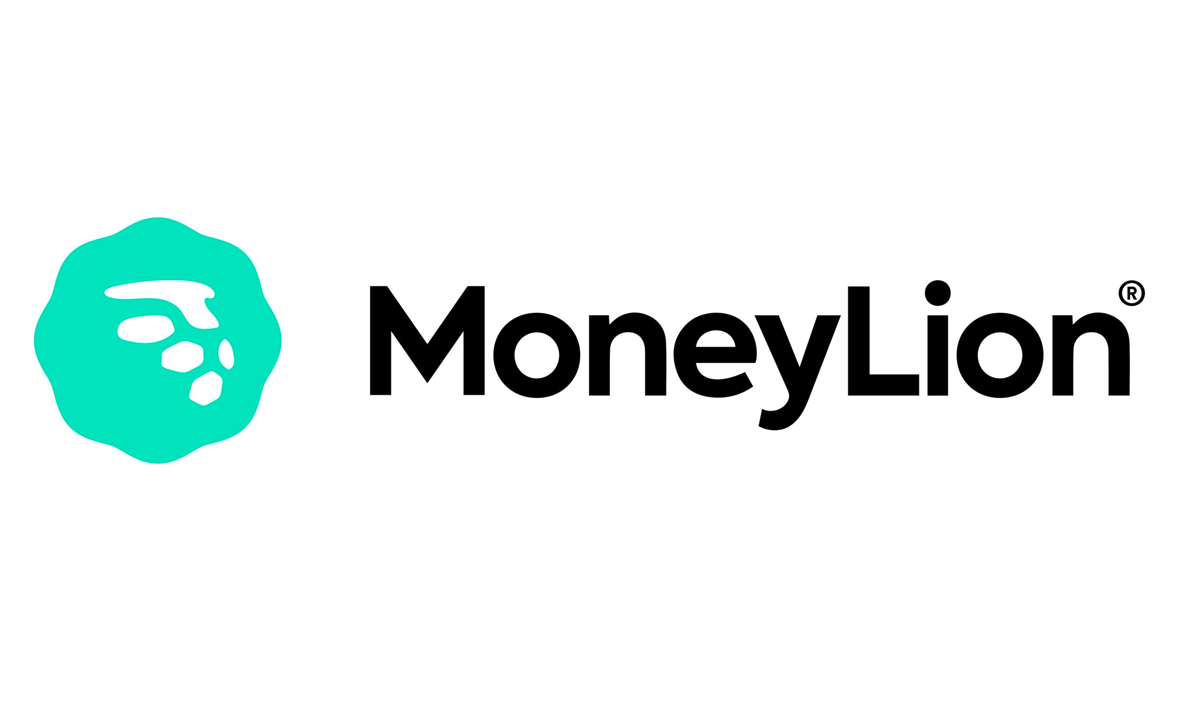- Americans are less confident about where the US economy is headed
- SLM Partners explains its award-winning impact reporting approach :: Environmental Finance
- Virtu Financial, Robinhood, And BlackRock Under The Spotlight
- Consumer Finance Watchdog Cracks Down on Credit Card Sneaky Fees and False Promises
- Asian shares fall as China reports lackluster data, while bitcoin hits new highs
Now that Christmas has given way to Dry January, there’s a reasonable chance that the days of waking up and regretting that last eggnog are behind you.
You are viewing: Five ways to beat a debt hangover from Christmas
However, it doesn’t necessarily mean that festive hangovers are firmly in the past, because almost one in five people borrowed money to cover their costs this year, so could be facing a debt hangover.
If you’re nursing this particular headache, there are five rules that should make it much more manageable.
The first step is to work out exactly what you’ve borrowed in short-term debt, including credit cards, overdrafts and buy-now-pay-later deals. You also need to know the instalments you’ve committed to — and when they’re due.
Read more: Where to put your money in 2025
And make sure you know what the minimum repayments on any cards are. This doesn’t mean you should be sticking to the bare minimum, but you need to know.
There’s no point hitting this job too hard and building up debts elsewhere, or missing bills. Draw up a budget, investigate every corner of your finances to see where you can cut your costs to free up cash, and this will determine what you can afford to repay.
See more : 5 Worst Things You Can Do for Your Finances in 2025
If this covers your commitments, all you have to do is make a plan and stick to it. If it doesn’t cover the bare minimum, you may need help from a debt charity like StepChange, who can support you with budgeting, talk to the bank for you, and explain your options.
You need to keep up with buy-now-pay-later instalments and minimum payments on any cards. Aside from this, it usually makes sense to pay the debts with the highest interest rates off first, which is known as the “avalanche” technique.
Once you’ve cleared that debt, you can focus on the next most expensive. That way you’re paying as little interest as possible.
Some people prefer to clear the smallest debts first, so they have a sense of achievement as they go along — known as the snowball technique. This may help motivate you, but will mean paying more interest overall.
More than half of us expect to pay off our Christmas borrowing within a month, but almost two in five will take between one and six months, and almost one in 20 will take more than six months.
During that time, it will be racking up interest, and you could be paying 40% on your overdraft, 30% on a store card, or more than 20% on a credit card.
It means it’s worth considering moving some of these debts onto a cheaper card while you repay. You might even get one offering an interest free period on balance transfers, so you free up more cash to plough into repayments.
Source link https://uk.finance.yahoo.com/news/how-to-beat-debt-hangover-christmas-060008961.html
Source: https://summacumlaude.site
Category: News







